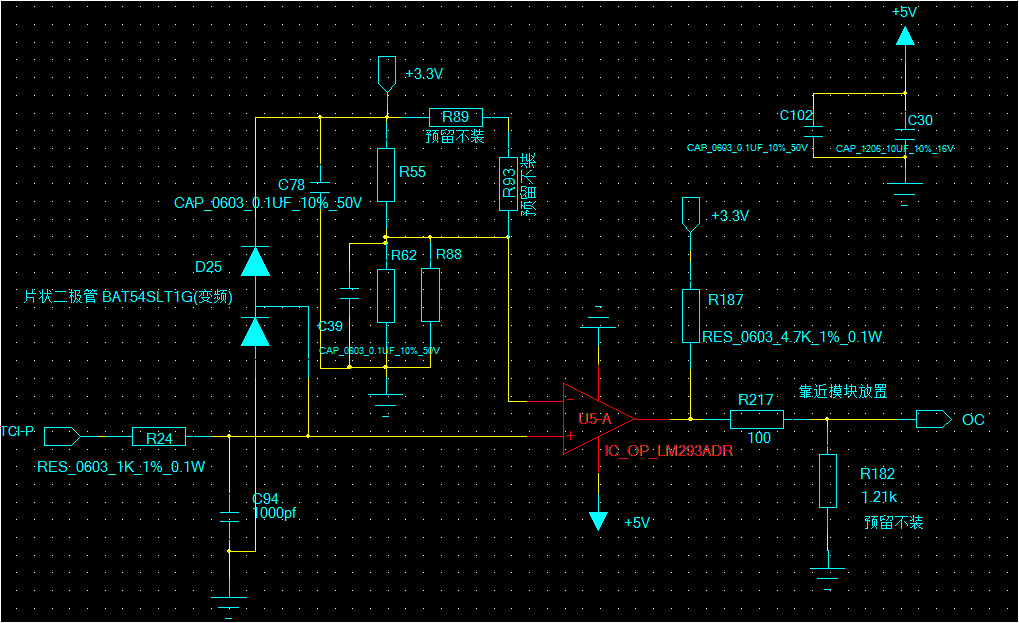Hi team,
customer use LM293ADR as over current protection, but have a problem is that the set over current value is 25.9A, but when the current is only 20.4A, the LM293ADR will output high from low. the schematic as below:
- They use 8.2mohm sense resistor for current sensing, the IN- of LM293ADR is about 0.212V. it is divide by resistor from VCC 3.3V.
- They also test the BA10393F, it can't error trigger, the over current point is 26A which the same with set point.
first, we think it may be caused by offset voltage, but we find that the offset voltage of LM293ADR is lower than BA10393, so customer want to know which condition the output will change? does it only depends on voltage?
could you give some suggestion? thank you.


